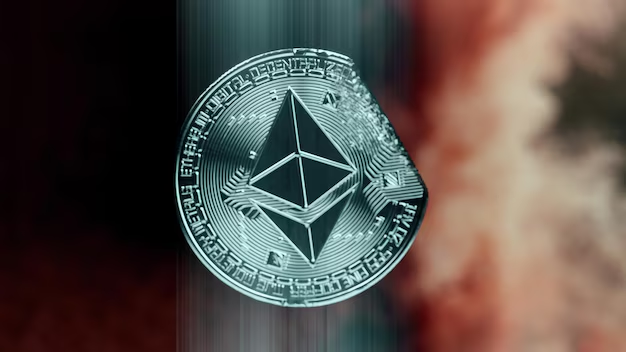Ethereum, the world’s second-largest cryptocurrency by market capitalization, has evolved far beyond being just digital money. Since its launch in 2015, Ethereum has pioneered smart contracts—self-executing programs that operate on the blockchain without intermediaries. These contracts underpin a growing ecosystem of decentralized applications (dApps), spanning finance, gaming, social networks, and digital art.
Ethereum 2.0: Scaling and Sustainability
A major milestone in Ethereum’s journey was the transition to Ethereum 2.0, which replaced the energy-intensive proof-of-work model with proof-of-stake. This shift drastically reduces energy consumption—by over 99%—while enabling higher transaction throughput and lower fees. The upgrade also strengthens network security and decentralization, making Ethereum a more sustainable and scalable platform for global adoption.
Driving the DeFi Revolution
Ethereum has become the backbone of Decentralized Finance (DeFi), enabling users to lend, borrow, trade, and earn yields without traditional banks or intermediaries. Protocols like Aave, MakerDAO, and Uniswap illustrate the versatility of Ethereum-based finance, giving investors unprecedented control over their assets and fostering financial innovation.
NFTs and Digital Ownership
Beyond finance, Ethereum powers the booming world of non-fungible tokens (NFTs). By providing a secure, transparent way to authenticate digital ownership, Ethereum has opened new opportunities for artists, gamers, and collectors. From digital art to virtual real estate in the metaverse, NFTs are reshaping how people create, buy, and sell value online.
Developer Ecosystem and Layer-2 Solutions
Ethereum’s robust developer community continuously innovates, introducing layer-2 scaling solutions like Optimism and Arbitrum. These technologies increase transaction speed and reduce fees, making the network more accessible for everyday users. Meanwhile, developers are building tools and frameworks that expand Ethereum’s functionality, from automated smart contracts to cross-chain interoperability.
The Road Ahead
Despite challenges—such as high gas fees and network congestion—Ethereum remains a cornerstone of the decentralized economy. Its adaptability, vibrant community, and ongoing upgrades position it not just as a cryptocurrency, but as a platform for the future of finance, apps, and digital ownership.
